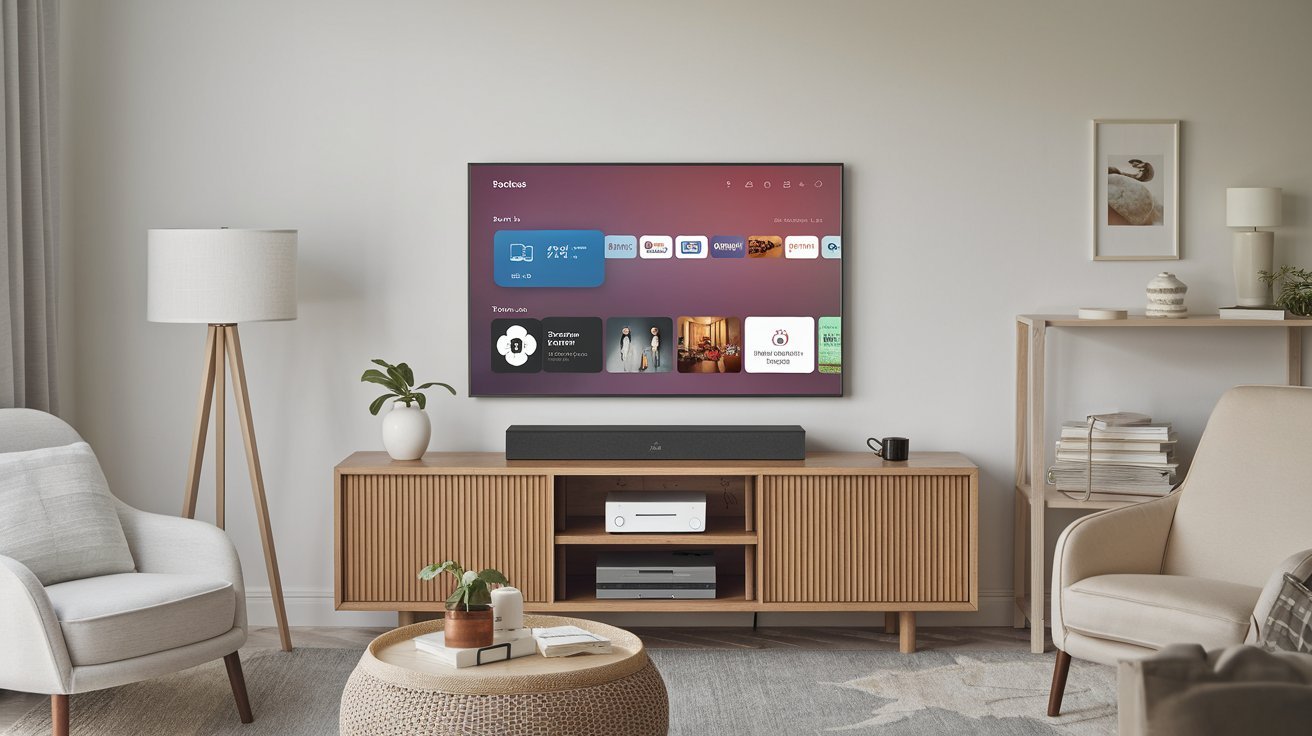Cutting Board Designs are essential tools in any kitchen, serving as the stage for food preparation. While their primary function is to protect countertops and provide a sanitary surface for cutting, chopping, and slicing, cutting boards have evolved into an area where form meets function. Today, Cutting Board Designs range from simple and valuable to intricate and artistic, reflecting modern cooks’ diverse needs and tastes. This article delves into the world of cutting-board designs, exploring the materials, styles, and innovations that make them both practical and beautiful.
Materials Matter
The choice of material is fundamental in Cutting Board Designs, influencing durability, maintenance, and aesthetics.
Wood
Wooden cutting boards are timeless classics. They are favoured for their durability and the natural antibacterial properties of wood. Common types of wood used include maple, walnut, cherry, and bamboo. Each type of wood offers unique qualities:
- Maple: Known for its hardness and tight grain, maple is a popular choice for its durability and resistance to knife marks.
- Walnut: With their rich, dark colour, walnut boards add a touch of elegance to any kitchen.
- Cherry: Cherry wood boards darken over time, developing a beautiful patina.
- Bamboo: Technically a grass, bamboo is a sustainable option that is harder than many hardwoods, making it resistant to knife scars.
Plastic
Plastic cutting boards are valued for their affordability and ease of maintenance. They come in various colours, which can help prevent cross-contamination by assigning different boards to different types of food (e.g., red for meat, and green for vegetables).
Glass
Glass cutting boards are prized for their sleek, modern appearance and non-porous surface, which makes them easy to sanitize. However, they can be harsh on knives and are prone to chipping or breaking if dropped.
Composite
Composite boards, made from wood fibres and resin, offer the best of both worlds. They are durable, knife-friendly, and often dishwasher-safe.
Styles and Innovations
Cutting Board Designs have come a long way from the simple rectangular slab. Today’s designs incorporate various features and styles to enhance functionality and aesthetics.
End Grain vs. Edge Grain
- End Grain: These boards are made by arranging wood blocks with the grain facing up. This design is gentle on knives and self-healing, as the fibres close up after being cut. End grain boards often feature intricate patterns, making them a favourite for professional chefs and home cooks.
- Edge Grain: These boards are constructed by arranging wood planks with the grain running parallel to the surface. They are typically more affordable than end grain boards and still provide a durable cutting surface.
Juice Grooves and Handles
Many cutting boards now come with juice grooves along the edges to catch liquids, prevent spills, and keep countertops clean. Integrated handles or grips make it easier to move and store the boards.
Multi-Functional Boards
Innovative designs include boards with built-in drawers for catching chopped food, collapsible colanders for rinsing produce, and even digital scales for precise measurements. These multi-functional boards cater to the needs of modern kitchens, where space and efficiency are paramount.
Aesthetic Touches
Cutting Board Designs have become a canvas for artistic expression. Custom engravings, inlays of different woods, and unique shapes add a personal touch. Some boards feature epoxy resin accents, creating vibrant, colourful designs that are as much a piece of art as a kitchen tool.
Ergonomic Features for Comfort
Modern cutting-board designs increasingly focus on ergonomic features that enhance comfort and ease of use. For example, boards with curved or angled edges allow for a more natural cutting position, reducing strain on the wrists and arms. Some Cutting Board Designs incorporate non-slip feet or pads to keep the board stable during use, preventing accidents and ensuring a safer cooking experience. Additionally, boards with built-in handles or grips make it easier to manoeuvre the board, whether you’re transferring food or cleaning up.
Eco-Friendly and Sustainable Designs
Sustainability is becoming a key consideration in Cutting Board Designs. Eco-friendly boards are crafted from sustainable materials such as bamboo, recycled plastics, or reclaimed wood. Innovations in manufacturing processes also aim to reduce environmental impact. For instance, some companies produce cutting board designs using low-waste techniques or natural dyes and finishes. Consumers can contribute to ecological preservation by choosing eco-conscious cutting boards while still enjoying a high-quality kitchen tool.
Cutting Board Designs for Specialty Needs
Specialty Cutting Board Designs cater to specific culinary needs and preferences. For example, boards designed for sushi preparation often have built-in groves or ridges to aid in rolling and cutting sushi rolls. Cheese boards include compartments for different types of cheese knives and tools. For those who love to entertain, Cutting Board Designs with integrated serving platters or charcuterie board designs provide a stylish way to present food. These specialty boards enhance both the cooking process and the presentation of dishes.
Conclusion
Cutting Board Designs have evolved far beyond their primary function, reflecting material, design, and technology advancements. From ergonomic features and eco-friendly options to specialty designs and intelligent integrations, these kitchen essentials blend practicality and style. As culinary tools continue to innovate, cutting-board designs will remain vital in enhancing the cooking experience and kitchen aesthetics.



